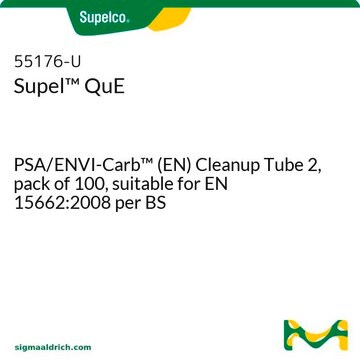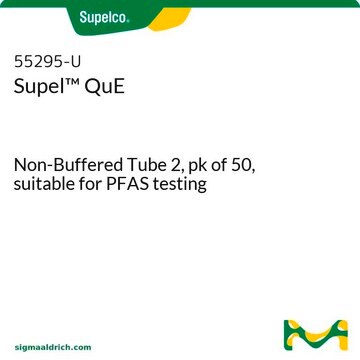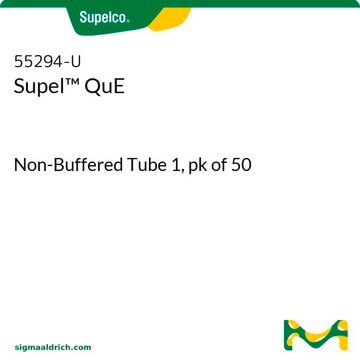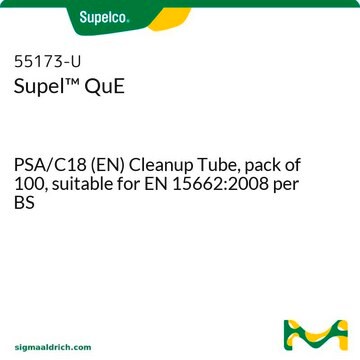381276
Silica Inorganic Sorbent
120-140 mesh, 99.8%
Synonym(s):
Silica, fumed, Silica, Silicic anhydride, Silicon dioxide, Silicon dioxide amorphous
Select a Size
About This Item
Recommended Products
Product Name
Silica, 99.8%
grade
standard
assay
99.8%
form
powder
technique(s)
LPLC: suitable
surface area
175-225 m2/g
matrix
Silica
matrix active group
silica
particle size
0.011 μm
pore size
60 Å mean pore size
Looking for similar products? Visit Product Comparison Guide
Related Categories
1 of 4
This Item | 55295-U | 55294-U | 55173-U |
|---|---|---|---|
| agency suitable for BS EN 15662:2008 | agency suitable for EPA ACB B21-02, suitable for EPA ACB B23-05b | agency - | agency suitable for BS EN 15662:2008 |
| product line Supel™ | product line Supel™ | product line Supel™ | product line - |
| composition magnesium sulfate, 150 mg | composition magnesium sulfate, 6 g , sodium chloride, 1 1/2 g | composition magnesium sulfate, 4 g , sodium chloride, 1 g | composition Discovery® C18, 25 mg , magnesium sulfate, 150 mg , Supelclean™ PSA, 25 mg |
| packaging pack of 100 | packaging pk of 50 | packaging pk of 50 | packaging pack of 100 |
| technique(s) QuEChERS: suitable | technique(s) QuEChERS: suitable | technique(s) QuEChERS: suitable | technique(s) QuEChERS: suitable |
General description
a. Quartz: = 1143K
b. Tridymite: 1143 - 1743K
c. Cristobalite: = 1743, over 1973K it forms amorphous vitreous silica glass.[1]
Application
Features and Benefits
Other Notes
Storage Class
13 - Non Combustible Solids
wgk_germany
WGK 2
flash_point_f
Not applicable
flash_point_c
Not applicable
ppe
Eyeshields, Gloves, type N95 (US)
Choose from one of the most recent versions:
Certificates of Analysis (COA)
Don't see the Right Version?
If you require a particular version, you can look up a specific certificate by the Lot or Batch number.
Already Own This Product?
Find documentation for the products that you have recently purchased in the Document Library.
Customers Also Viewed
Articles
Operation principle and market dominance of single crystalline silicon solar cells.
Our team of scientists has experience in all areas of research including Life Science, Material Science, Chemical Synthesis, Chromatography, Analytical and many others.
Contact Technical Service







